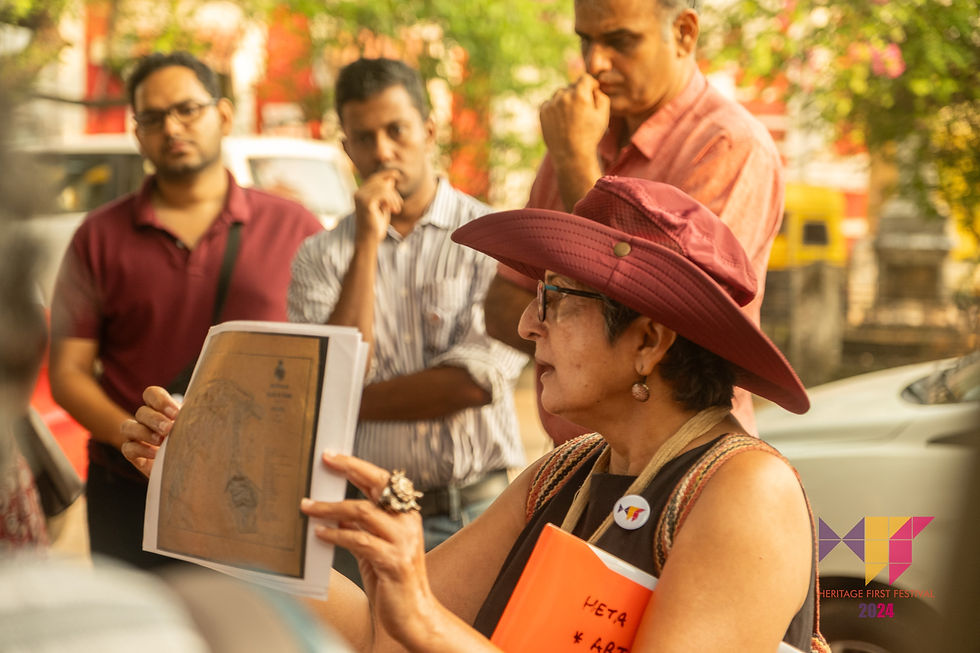Frozen Landscapes: In conversation with Kedar Bhide, Environmental Health Expert & Nature Photographer
- Editorial Team

- Apr 5
- 2 min read
Updated: Apr 14
Every winter, the landscape of Ladakh becomes a frozen wonderland, with rivers, lakes, and streams encased in ice. The locals face harsh winter temperatures, often plummeting to between minus 30 and 40 degrees Celsius at night. While such conditions offer thrilling adventures for many, for the people of Ladakh, this is simply a way of life. The frozen terrain profoundly affects their lives; when Ladakh thaws, they are often cut off from the outside world. The resilience of the Ladakhi people tells a different story - one shaped by the land's challenges and rich with the wisdom of their ancestors and strong community ties.
What is it like for a photographer capturing the story of Ladakh amid these extreme conditions?
Tag along on a visual journey through sub-zero temperatures, to find out.

What drives you to brave all kinds of temperatures and conditions to capture these remarkable images?
When you see how life survives in the most extreme environments on earth, be it the wild denizens or local communities, our perspective towards this minuscule life in urban cities changes. You don't take anything for granted anymore.
I feel at ease when these environments wash away all those societal masks we put on our faces and souls, and take us to a stage where all that remains are our survival instincts. Capturing these images is like my 'vipassana' for cleansing my soul.

"There was a time in my life when I wanted to wander away from my so-called successful life, and going to Ladakh in the extreme winter months fulfilled that."

What's the most difficult situation you've encountered, and what would you recommend doing to avoid it?
When you are in extreme environments, you need to be prepared for any eventualities - from health issues to mechanical failure of your gears, & more.
For me, the biggest challenge was the empty time on hand. You can't keep photographing throughout the day. When you are not doing anything, you do not have places to go to, or talk with people, or have a cup of coffee. I solved this situation by sitting down to plan & visualise what photographs I will get the next day.



#TISDecode Avoid ‘Cold Soaking’
'Cold soaking' is letting your camera become as cold as the environment around you…and you want to avoid this. Allowing your camera to reach sub-zero temperatures is a recipe for disaster, as most cameras aren’t created to withstand sub-zero temperatures. Keep your camera in its case/bag until it’s time to shoot. In extreme temperature scenarios, it may be beneficial to include additional insulation in your camera bag.

Kedar Bhide is a photographer, naturalist and herpetologist with a post-graduation in Applied Biology. His work in snake research, rescue, and awareness led to the first reports of the Sindh Awl-headed Snake and Kaulback’s Pit Viper from India.
Beyond research, he educates others on snake conservation and uses photography to document and share nature’s stories. Committed to sustainability, he strives to balance human progress with conservation.





Comments